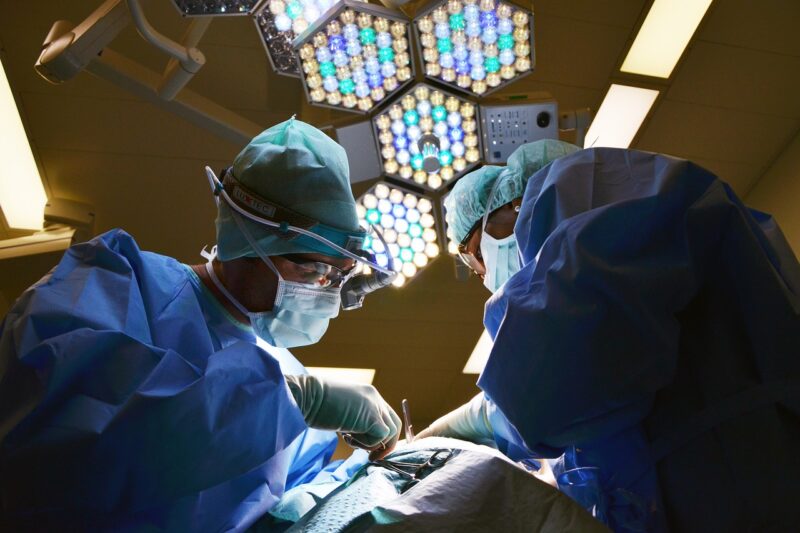The Use of Glass in Medicine: From Microscope Slides to Surgical Instruments
November 14, 2024

Glass, a material often overlooked in high-tech industries, has played a crucial role in the field of medicine for centuries. From the early days of using basic glass for spectacles to the sophisticated development of microscope slides and advanced surgical instruments, glass technology has evolved tremendously, seamlessly integrating into various medical applications. This article explores the fascinating journey of glass in medicine, examining its historical significance, technological advancements, and future potential.
1. A Brief History of Glass in Medicine
The use of glass in medicine can be traced back to ancient civilizations. Historical records depict that the Egyptians were among the first to use glass for decorative purposes, while the Romans efficiently produced glass containers for storage. During the Middle Ages, glass-blowing techniques evolved, paving the way for early medicinal applications.
In the 16th century, with the advent of the Renaissance, glass became increasingly vital in the medical field, particularly in the realm of optics. The invention of the microscope in the 17th century ignited a new era of research and discovery. Scientists like Antonie van Leeuwenhoek used handmade glass lenses to observe microorganisms, which transformed our understanding of biology and medicine.
Glass’s role expanded significantly over the years as it was incorporated into laboratory glassware, syringes, and even intravenous fluid containers by the 19th century. Notably, the durability and safety of glass made it preferable over alternative materials for many medical applications.
2. Advances in Glass Technology for Medical Applications
Modern glass technology has undergone significant improvements, enabling the creation of specialized types of glass designed for specific uses in medicine. Some of the notable advancements include:
- 1. Borosilicate Glass: Known for its resistance to thermal shock and chemical corrosion, borosilicate glass is the standard material used in laboratory glassware and equipment. This type of glass is essential for preparing and storing reagents due to its durability and clarity.
- 2. High-Strength Glass: Used in devices such as surgical instruments, this type of glass is engineered to withstand high pressure and impact, ensuring safety during medical procedures.
- 3. Coated Glass: Glass surfaces can be treated with specialized coatings that can repel bacteria or enhance biocompatibility, making them safer for use in various medical applications, including implants or prostheses.
- 4. Optical Glass: High-quality optical glass is crucial for precision instruments like microscopes and endoscopes, enabling clear imaging and accurate diagnosis in modern medicine.
These improvements in glass technology have significantly enhanced the functionality and reliability of medical devices, leading to better patient outcomes and opportunities for groundbreaking research.
3. Applications of Glass in Medicine
The applications of glass in medicine are diverse, spanning various sectors, including diagnostics, treatment devices, and laboratory equipment:
a. Diagnostic Tools
Glass plays an integral role in diagnostic procedures, especially with:
- Microscope Slides: Essential for histology and pathology, microscope slides allow for the safe handling of tissue samples for examination, aiding in diagnosis and research.
- Optical Instruments: Endoscopes and other optical devices use high-quality glass lenses to provide clear visuals during minimally invasive procedures, minimizing patient recovery time and risk of complications.
b. Treatment Devices
Glass is a key material in various treatment devices, including:
- Syringes and Vials: Glass syringes and medication vials are preferred for their non-reactivity, ensuring the integrity of pharmaceuticals and vaccines.
- Catheters: Certain catheters utilize glass to enhance visibility and precision during insertion, improving overall procedural outcomes.
c. Laboratory Equipment
In laboratories, glass is indispensable for:
- Test Tubes and Beakers: Glass is the preferred material for equipment used in chemical reactions and experiments, as it can handle high temperatures while providing clarity for observation.
- Petri Dishes: Utilized for culturing bacteria and other microorganisms, glass petri dishes provide a sterile environment for conducting experiments.
Overall, the diverse applications of glass in medicine reflect its vital importance in diagnostics, treatment, and research, highlighting its durability and versatility in a clinical environment.
4. The Future of Glass in Medicine
The future of glass technology in medicine holds significant potential for innovation. Researchers are exploring new ways to utilize glass materials, focusing on:
- Smart Glass Technologies: Integrating electronics and sensors into glass products, such as smart surgical instruments, could revolutionize patient monitoring and surgical precision.
- Biodegradable Glass: Development of glass that can dissolve in the body over time, potentially reducing the need for additional surgical interventions for implant removal.
- Enhanced Optical Materials: Continued advancements in optical glass could improve diagnostic imaging techniques, enabling earlier and more accurate illness detection.
These prospective innovations suggest that glass will continue to be a cornerstone of medical technology, facilitating better healthcare initiatives and improving patient outcomes in the years to come.
Conclusion
Glass has cemented its place as an essential material in medicine, evolving from primitive uses to sophisticated technologies that enhance diagnostics, treatment, and research. The advancements in glass production and design have greatly improved medical devices, making them safer and more effective.
As we move forward, the integration of innovative glass technologies promises to unlock new frontiers in healthcare, leading to breakthroughs that could redefine modern medicine. By recognizing the multifaceted roles of glass in the medical field, we celebrate not only its historical significance but also its vital contributions to the future of healthcare worldwide.








